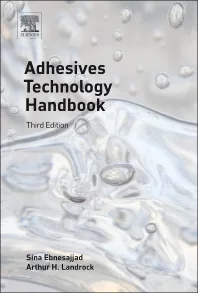Sherwin-Williams Unveils Blast-Resistant Technology
The technology, which Sherwin-Williams (Cleveland) says is nearing commercialization, involves the use of prefabricated, reinforced polyurea panels that elongate and stretch, acting as a safety net to contain blast pressure and flying debris. Potential uses include new construction and retrofitting of existing structures.
The technology was developed by Sherwin-Williams in collaboration with B&H Coatings Inc., Teijin Twaron USA Inc. and TechFab L.L.C.
The technology is designed to "catch the explosive force on the inner side of the structure, and to protect life within against flying debris and collateral damage," says John Durig, director of Sherwin-Williams' General Polymers business unit. "We fully expect the technology to be useful for the protection of embassies, military installations, waterworks, nuclear plants-any place that might be subject to a terrorist attack."
The technology is similar to that used in the post-9/11 reconstruction of government buildings, Durig says. He added that additional benefits are provided by prefabricated reinforced polyurea panels because they require less material, are easier to install and are less expensive to use. "Blast-resistant panels allow the coating-the critical element for blast-resistance-to be shop-applied rather than sprayed-in-place. The technology also may contribute to preventing progressive collapse."
Looking for a reprint of this article?
From high-res PDFs to custom plaques, order your copy today!






